In Greek mythology, the laurel wreath symbolized victory. As such, many people grow laurel trees, believing in their success. So, do you know how to grow and care for this plant to bring the best feng shui? Let’s find out.
1 What is a Laurel Tree?
Origin and Meaning of Laurel Trees
The laurel tree, scientific name Laurus nobilis L., belongs to the Lauraceae family and originates from the Mediterranean region in Southern Europe. Today, laurel trees can be found in many parts of the world, including Southern Vietnam, where they are grown as ornamental plants.
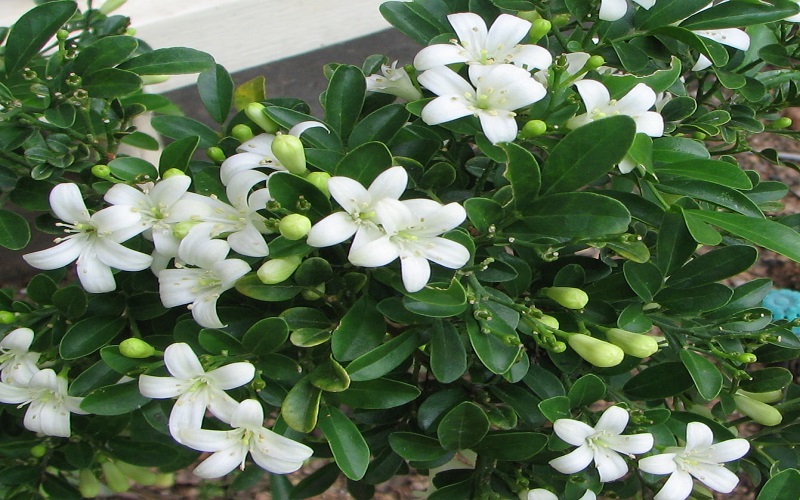 Origin and Meaning of Laurel Trees
Origin and Meaning of Laurel Trees
Feng Shui Significance
Many people grow laurel trees, believing that they will bring success in their careers and financial prosperity. Additionally, the tree is thought to ward off evil spirits and bad luck, bringing good fortune to the family.
The fragrant laurel tree is also believed to soothe and relax the minds of family members, dispelling worries and concerns. Growing a laurel tree at home is seen as a way to wish for peace and academic success for the children in the family.
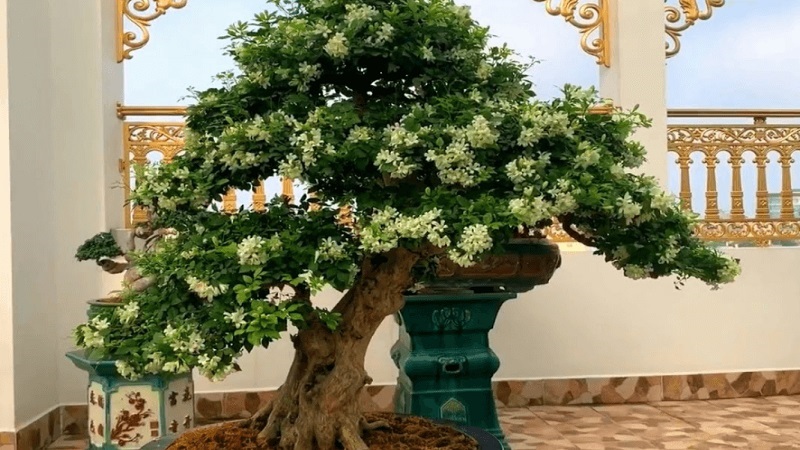 Feng Shui Significance of Laurel Trees
Feng Shui Significance of Laurel Trees
Characteristics and Classification of Laurel Trees
Laurel trees have straight trunks, light yellow in color, and can grow up to 2-6 meters tall. They belong to the Citrus family and originate from Asian countries. Laurel leaves are long, oval-shaped, and grow alternately along the stem. The flowers are white, slightly yellowish, and fragrant, blooming throughout the year from the leaf axils. The fruits are green with small spots when young, turning orange to red when ripe.
There are currently three common types of laurel trees:
- Large-leaved laurel
- Small-leaved laurel
- Twisted-stem laurel
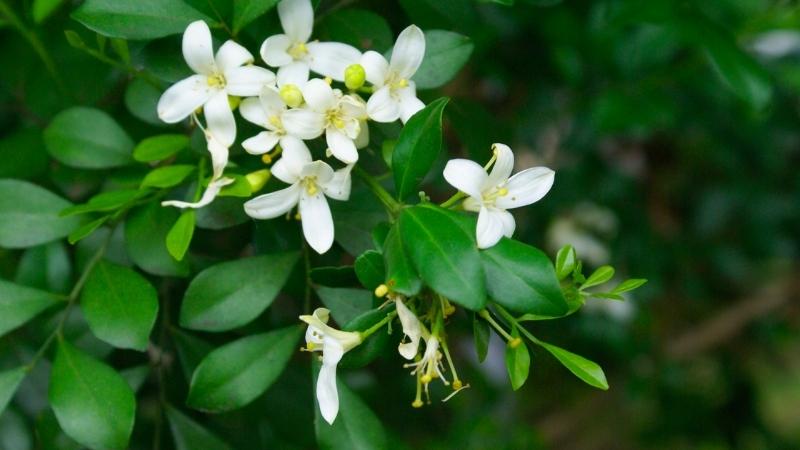 Characteristics and Classification of Laurel Trees
Characteristics and Classification of Laurel Trees
2 Benefits of Laurel Trees
Health Benefits
In traditional Eastern medicine, laurel trees are valued for their bitter, spicy, and warm properties. They are useful in treating inflammation and providing anesthetic effects, as well as addressing conditions such as rheumatism, diarrhea, joint pain, and insect bites.
Aesthetic Benefits
Laurel trees are not only beneficial for health but also make excellent ornamental plants for gardens or bonsai trees for desks and study tables. The fragrant flowers of the laurel tree create a pleasant atmosphere, making it a favorite for many.
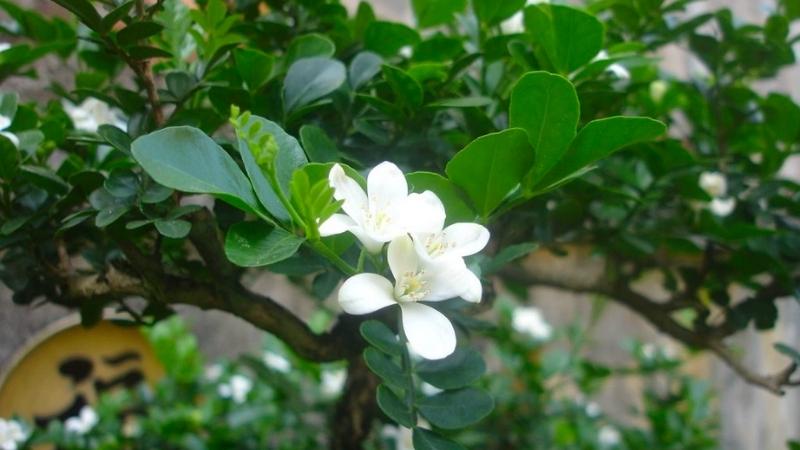 Benefits of Laurel Trees
Benefits of Laurel Trees
3 How to Grow and Care for Laurel Trees
Like any other plant, laurel trees need proper care to thrive. So, what are the techniques for growing and caring for laurel trees? Let’s continue reading to find out.
How to Grow Laurel Trees at Home
There are four common methods for growing laurel trees: seed germination, cutting, grafting, and layering. However, the most popular method for growing laurel trees for feng shui purposes is grafting.
First, select a healthy mother plant that is free from pests and diseases. Next,
- Cutting: Choose a bánh tẻ branch that is not too old and has flowered once or twice.
- Layering: The best time for layering is from June to August. Select a bánh tẻ branch with a brown or gray bark and use biological stimulants to promote root growth.
- Seed Germination: This method is less commonly used due to the low germination rate.
- Grafting: The rootstock should be straight, free from deformities and pests, and diseases. Ensure that the graft is not dirty or bruised. Then, separate a suitably sized graft for attachment.
 How to Grow Laurel Trees at Home
How to Grow Laurel Trees at Home
How to Care for Laurel Trees
- If you notice that your laurel tree is looking less vibrant or if many small roots are emerging from the soil, it’s a sign that the soil has become depleted of nutrients. In this case, replace the soil or repot the plant, discarding one-third of the old soil and adding new soil.
- To promote the growth of your laurel tree, fertilize it once every two months. The amount of fertilizer will depend on the size of the tree, but ensure it contains potassium during the growth period to strengthen the tree. Dissolve the fertilizer in water before applying it to the roots to reduce heat.
- To encourage continuous and abundant flowering, water your laurel tree regularly, as it thrives in moist environments. The tree prefers soft light and moderate sunlight, so if you’re growing it indoors, place it in a spot where it can receive morning or evening sunlight.
- Once the tree has matured, prune it once a month during the rainy season and once every two months during the dry season to maintain its shape and beauty. Additionally, the tree is susceptible to insect attacks, so be vigilant in treating any pest problems.
 Caring for Laurel Trees
Caring for Laurel Trees
Notes on Growing and Caring for Laurel Trees
- The ideal temperature range for laurel trees to thrive is between 23-39 degrees Celsius. If the temperature drops too low, the tree will struggle to grow, and it will die if the temperature falls below 0 degrees Celsius.
- Soil is a critical factor in the survival of laurel trees. Choose a well-drained, fertile soil with a pH between 5 and 7. A good soil mix for laurel trees is alluvial soil, coconut fiber, rice husk ash, and manure in a 2:1:1:1 ratio.
4 10 Beautiful Images of Laurel Trees
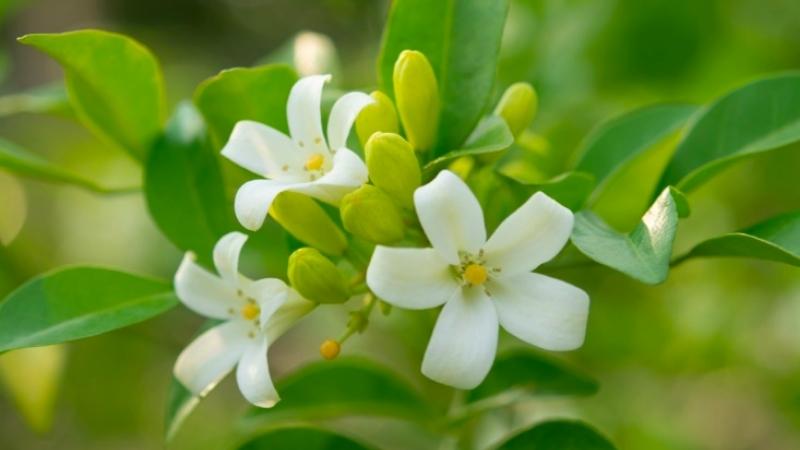 Laurel Tree with White Flowers
Laurel Tree with White Flowers
 Laurel Bonsai with Unique Shape
Laurel Bonsai with Unique Shape
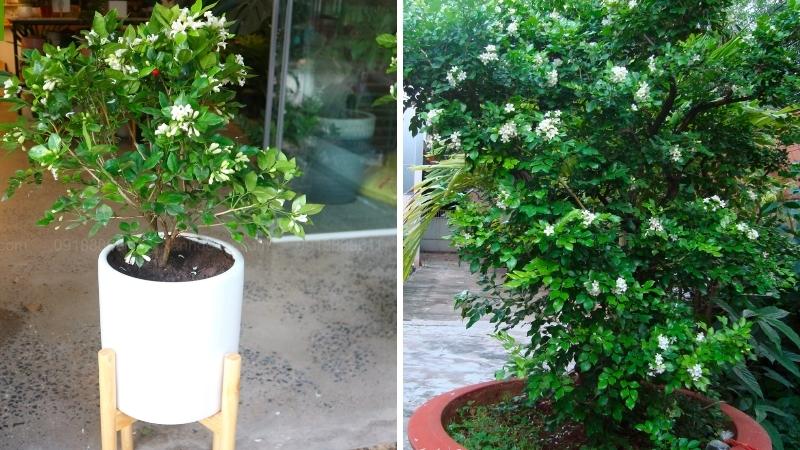 Laurel Tree in a Pot as an Ornamental Plant
Laurel Tree in a Pot as an Ornamental Plant
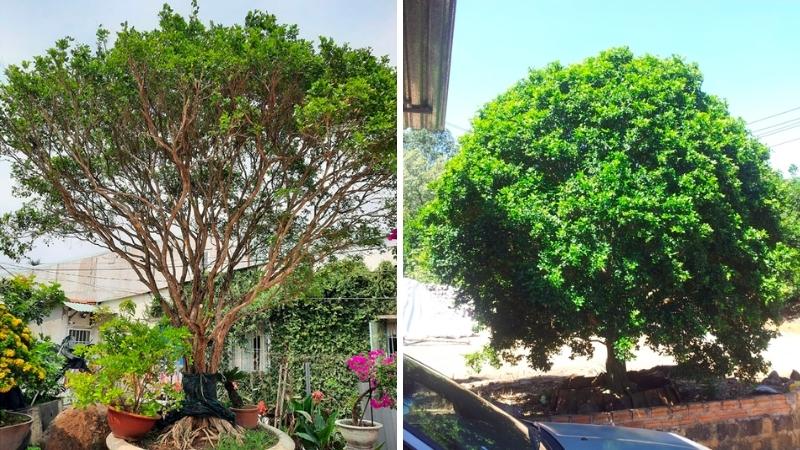 Laurel Tree as a Large, Ancient Tree
Laurel Tree as a Large, Ancient Tree
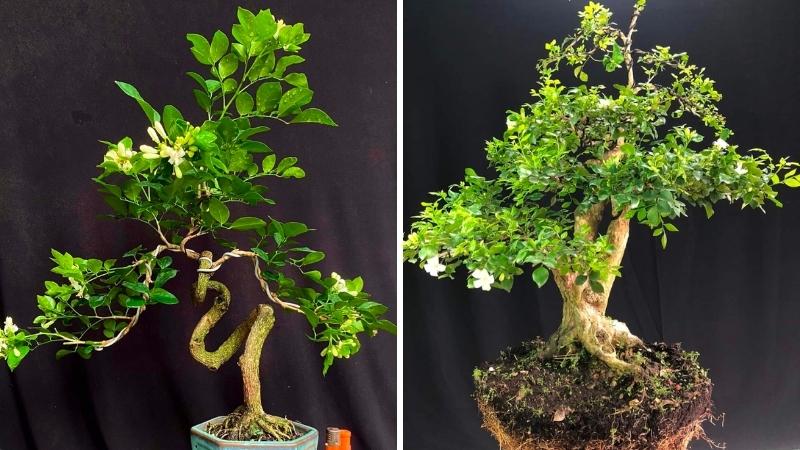 Laurel Tree with a Unique, Twisted Shape
Laurel Tree with a Unique, Twisted Shape
 Laurel Bonsai
Laurel Bonsai
 Laurel Tree with Abundant Flowers
Laurel Tree with Abundant Flowers
We hope that through this article, you have gained valuable knowledge about the laurel tree and how to grow and care for it to bring good luck to yourself and your family.
2023 Lunar New Year Gift Ideas for Older Family and Friends
As 2021 approaches, families worldwide are gathering to celebrate the special bond between grandparents and their grandchildren. To show their love and admiration, these thoughtfully chosen gifts will bring a smile to the face of the elderly. Here, we have compiled a list of the 13 most meaningful Tet presents that can bring joy to our beloved grandparents.






































